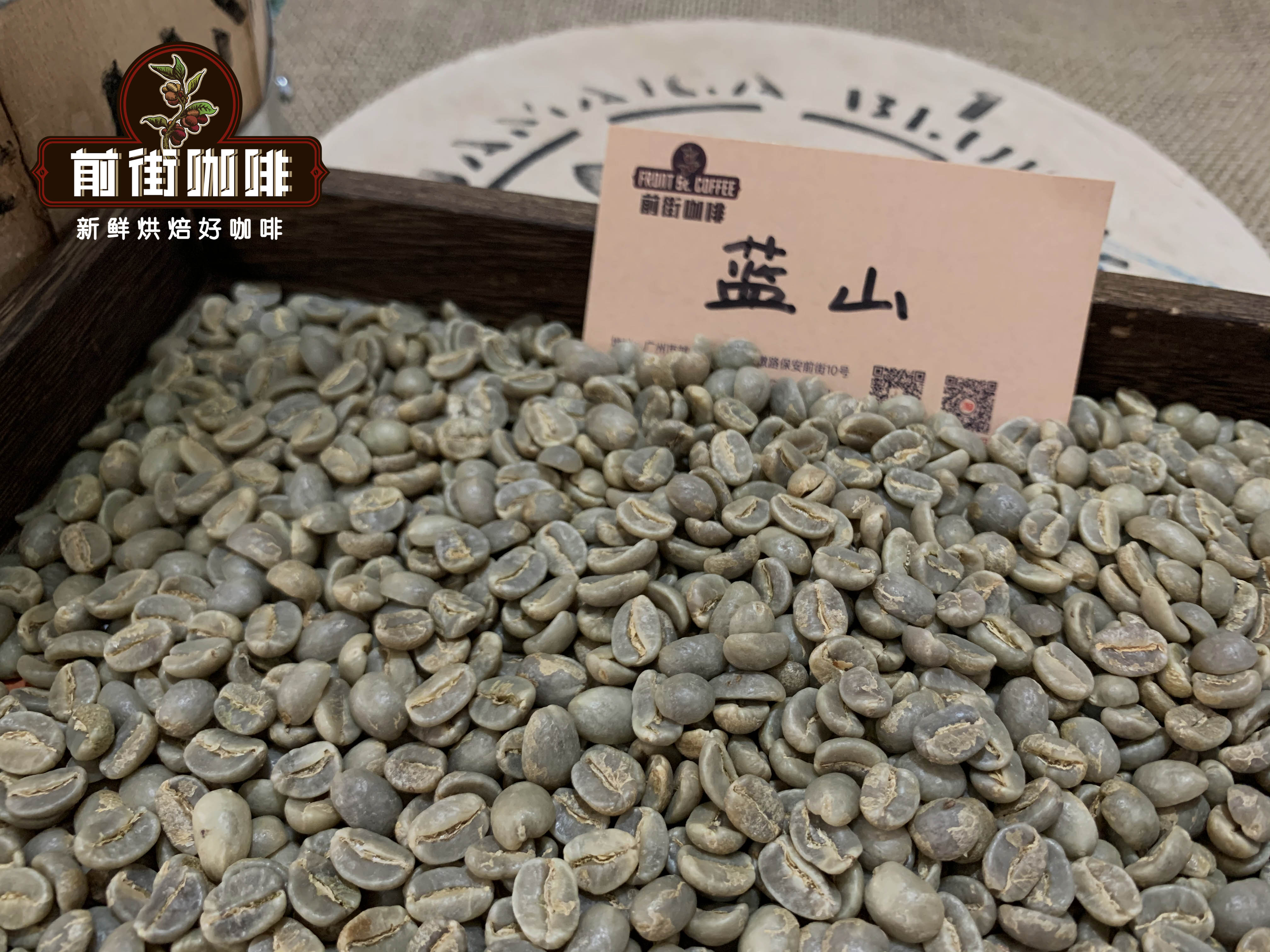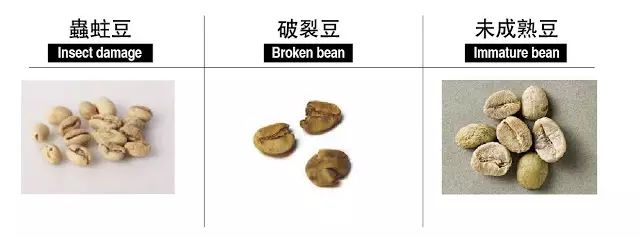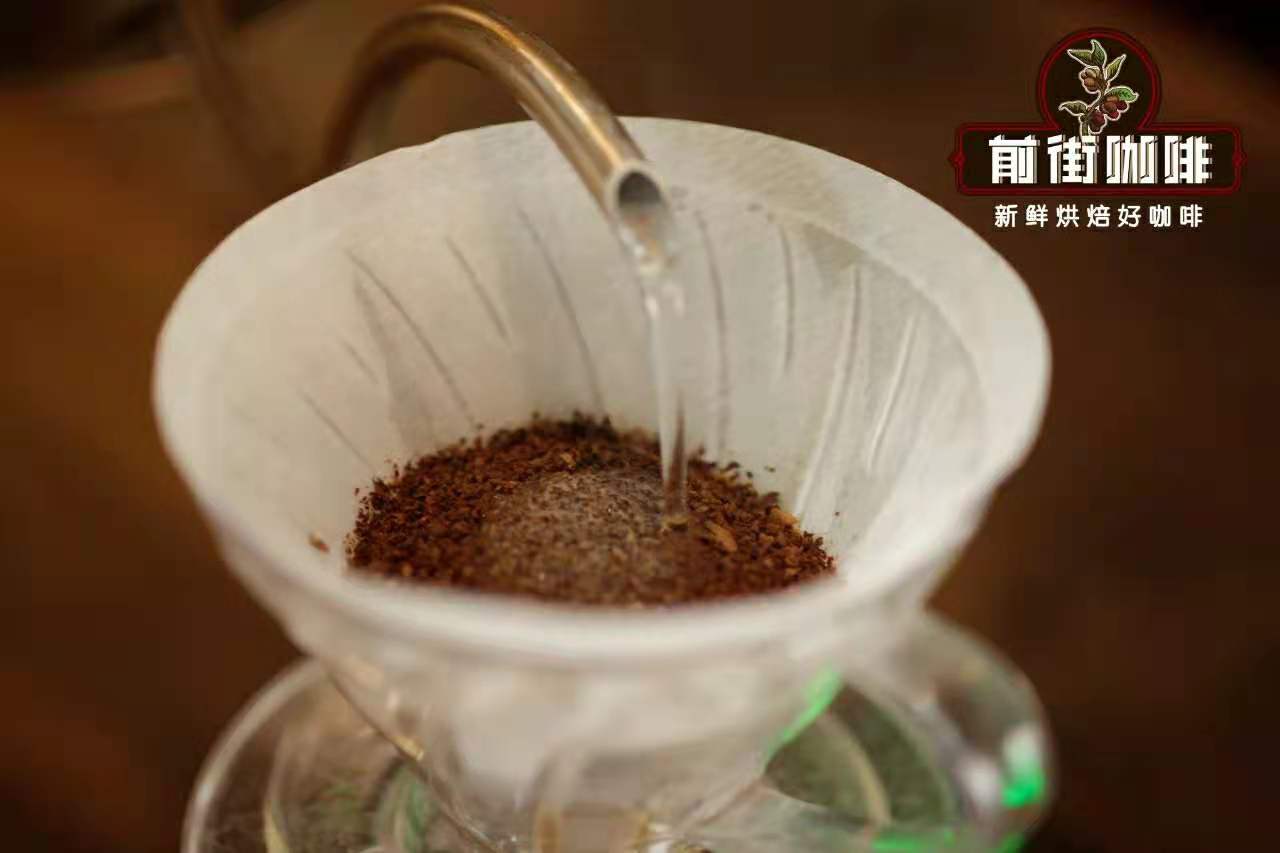Coffee defect rate refers to what coffee beans how to choose good? The basis for coffee bean grading and classification
How to choose raw coffee beans? When picking raw beans, you can use commercially available bean trays, or use blue or black trays. Obvious color contrast can make it easier for the human eye to identify the defective features of raw beans.
Before picking beans, the priority of picking must be decided first, which can speed up the efficiency. It is recommended that the order of inspection is to first remove obviously different foreign bodies and black beans, then dull dead beans, fermented beans and unripe beans, then pick out defective moth-eaten beans, and finally strangely shaped shells and broken beans.
Finally, "can be fastidious, why make do with it." "
At a time when food safety awareness is on the rise, hand-picking beans cannot be reduced to marketing gimmicks, and it is the coffee industry who is responsible for the products and removes the defects of raw materials to truly check the health of consumers and the causes and types of ripe defective beans. Only in this way can we bake coffee that consumers and themselves can enjoy with peace of mind.
The health and safety of consumers is the most important thing to examine, whether it is raw or cooked beans, we should spare no effort to manually select, stringent requirements, in order to have the confidence to give high-quality coffee beans to the guests, not just the pursuit of taste and aroma.
To reassure consumers, we, as coffee makers, want to show the sincerity of a good cup of coffee.

Next, I would like to introduce the grading system of raw coffee beans in various countries:
The name of the classification is decided by each producing country, and the name of the classification system of some countries is the same, but the actual definition is not quite the same.
According to data from the International Trade Center, coffee is usually classified and classified according to the following criteria:
Defect rate
Altitude / bean density, related to planting altitude
Bean order / coffee bean size, 1'64 feet = 0.48 cm
The baking performance and cup quality are related to the direct flavor.
Coffee tree variety
Treatment, including washing, tanning, honey treatment, peeling and sunbathing. Etc.
Producing area / export port area
Important Notice :
前街咖啡 FrontStreet Coffee has moved to new addredd:
FrontStreet Coffee Address: 315,Donghua East Road,GuangZhou
Tel:020 38364473
- Prev

What are the defective beans in coffee? Effects of primary defective beans and secondary defective beans on coffee flavor
Picking beans is a term that has been mentioned constantly in the boutique coffee industry in recent years. What exactly is picking beans? The coffee beans bought by ordinary consumers are roasted ripe beans, and the quality of raw beans can no longer be known. It is difficult to swallow is not terrible, terrible is the coffee beans with defective beans, after brewing may carry biotoxins, serious harm to health, so manual selection has become important and unbearable
- Next

How many times can coffee be brewed directly? Coffee powder expired can still drink
About coffee powder and coffee shelf life introduction coffee powder expired can also drink it is not recommended to drink. The shelf life of food on the market is set to ensure the quality of food. After expiration, it is likely to deteriorate. After eating deteriorated food, people will easily cause nausea, vomiting, abdominal pain, diarrhea and other gastrointestinal discomfort. In severe cases, electrolyte disorders may occur.
Related
- Beginners will see the "Coffee pull flower" guide!
- What is the difference between ice blog purified milk and ordinary milk coffee?
- Why is the Philippines the largest producer of crops in Liberia?
- For coffee extraction, should the fine powder be retained?
- How does extracted espresso fill pressed powder? How much strength does it take to press the powder?
- How to make jasmine cold extract coffee? Is the jasmine + latte good?
- Will this little toy really make the coffee taste better? How does Lily Drip affect coffee extraction?
- Will the action of slapping the filter cup also affect coffee extraction?
- What's the difference between powder-to-water ratio and powder-to-liquid ratio?
- What is the Ethiopian local species? What does it have to do with Heirloom native species?

